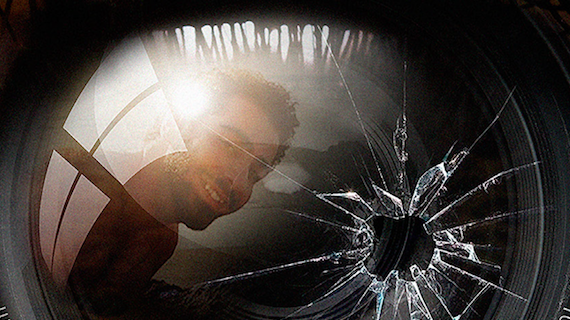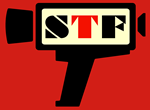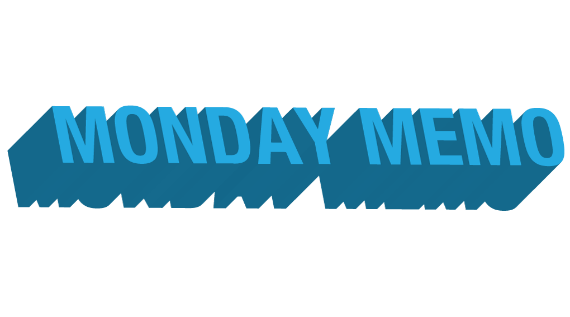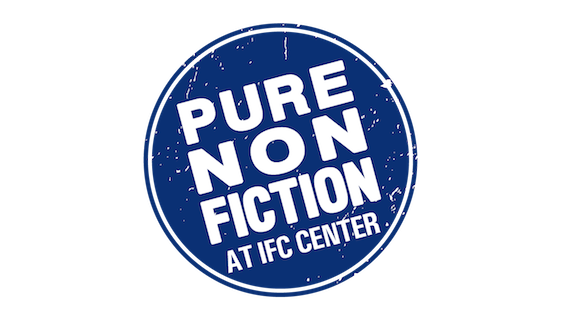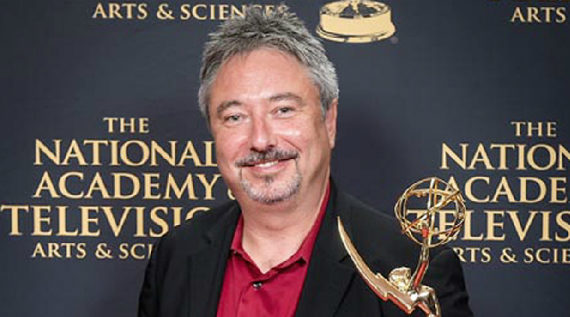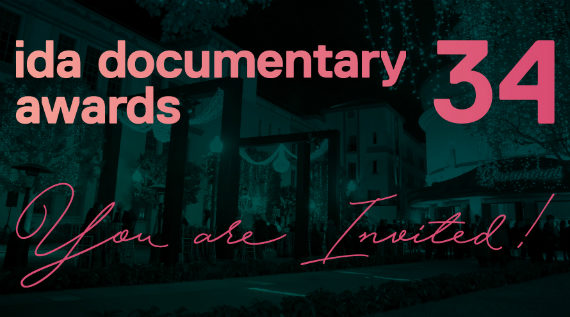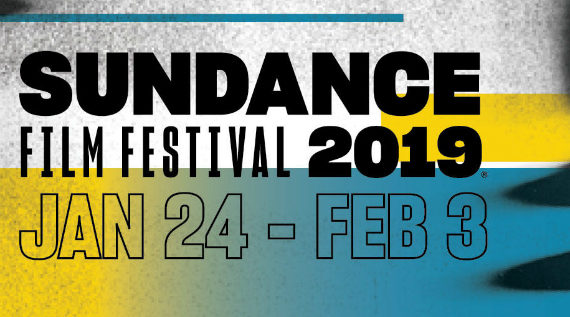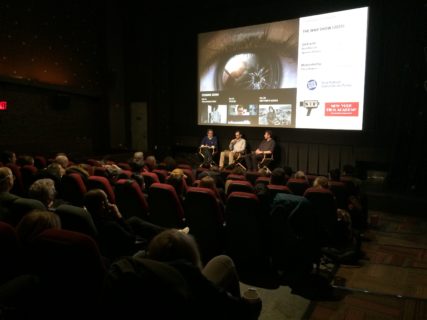
Writing by Megan Scanlon. Megan works at the American University of Beirut. She is a frequent contributor to the DOC NYC and Stranger Than Fiction blogs; program coordinator at the Bronx Documentary Center; and teacher at Yoga to the People. She has written for the Journal of Community Engagement and Scholarship. Follow her on Instagram and Twitter @mega
“I’m not demonstrating to be suffocated I’m doing it to breathe.”
-Young girl during a 2011 demonstration in Syria
Suppress. Oppress. Restrict. Obstruct. Deprive. Block. Shackle. Lie.Torture. Murder. Devastate.
These verbs are the chains and the choices of the Assad regime that sank Syria.
Stranger Than Fiction unleashed its winter season with the THE WAR SHOW, a sobering, up close encounter that chronicles the beginning of the end of Syria. Directed and narrated by Syrian radio host Obaidah Zytoon, the film is framed through the eyes of young filmmakers, photographers, artists, musicians, revolutionaries, and most of all, friends who were inspired to action during the Arab Spring in 2011. THE WAR SHOW provides a desperately needed narrative, a throbbing pulse of personal truth that brings the audience to the front lines of the conflict, reminding us that war, grief, and destruction cannot be sanitized. Produced by Alaa Hassan and co-written by Spencer Osberg, the two spoke with STF host Thom Powers and the STF audience for a riveting and relevant post-screening conversation.
THE WAR SHOW is organized by seven chapters that deconstruct the warring narratives that have made the conflict in Syria difficult to follow. Seven sections of life that depict what people will and will not do for freedom. Seven slivers that illustrate what those in power will do to keep it. Seven chapters that navigate the choices Syrians have been forced to make despite knowable and often unforeseeable risk, followed by incomprehensible consequences executed by the Assad Regime. Zytoon documents demonstrators being beaten to death in the street, men stuffed into the trunk of a car, as if they were simply clothes being forced into a suitcase, and survivors of torture desperate to show the holes in their legs from electrocution to the camera. Zytoon says people always wanted to show the camera, as if “the showing will heal them.”
THE WAR SHOW tells us how government censorship hid the destruction of cities like Homs and Zabadani; carcasses of besieged cities literally strewn with garbage and bereft of any functioning structure. Government propaganda labeled any opposition a terrorist, including troops who defected for being ordered to shoot nonviolent citizens. We come to understand how various fragmented rebel factions formed, including The Free Syrian Army and extremist Islamic groups. The film presents an uncommon narrative about Syria, focusing on people who emerged from a revolutionary experience, as opposed to the all too common refugee or ISIS-centric narrative. Zytoon narrates how young Syrians are making the decision to fight for monetary gain. “A proxy war gave power to warlords and arms dealers; the war show had a place for everyone but the people.”
The post-screening Q&A with Hassan and Osberg revolved around Hassan’s comment that “the problem with war is that it’s also a war of narratives. To understand the conflict, you have to get the reasons behind it, and the main reason we are here now is because Assad did not want to change the country and did not want to step down and figure out a common ground with the people that basically opposed him.”
Osberg fully credited Zytoon for the freedom seen in the uninhibited connections with the people of the film. “Obie has a way of getting people to open up to the camera. People talk to her in a way that isn’t contrived. They’re not acting. People reveal things to you through her.” THE WAR SHOW anchors the audience in the reality of what war has meant for Syria. The duality of hope and fear, and the insistence on expectations for the future, however bright or bleak, needed perhaps, to cope. In a conversation discussing what the future will look like after they show their film, her friends stake their claims:
“We’ll be liberated.”
“We’ll be dead.”
In THE WAR SHOW, vibrant, compassionate, nuanced life is beaten, extinguished, and stolen from Syrians. People who long for the sea, people who love the melody of a heartbeat, people who make art, people who lose sunglasses, people who find words sacred and refuse to waste them. “Syria as we know it is gone,” says Zytoon. “Syrians have become the new map wherever they are.”
*For more information on the 11 million Syrians displaced from their homes, and the 60,000 Syrians tortured, you can visit the Syrian Observatory for Human Rights, featured in the film: http://www.syriahr.com/en/
Videography by Joseph Schroeder, who has managed the production of highly acclaimed educational and informational programming for networks such as PBS, A&E and National Geographic for over a decade. Currently the Vice President of Production and Operations of The Independent Production Fund. Follow him on Twitter and see more of his work on his website.
Related Film
